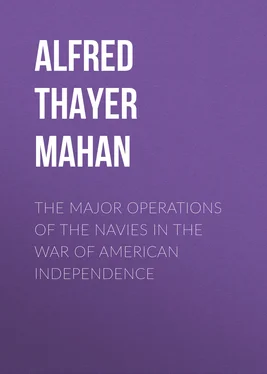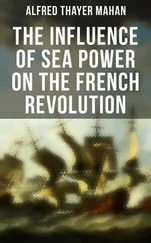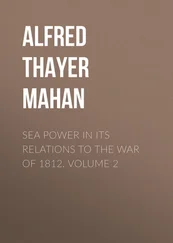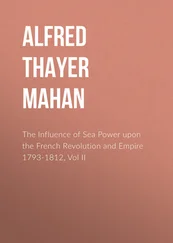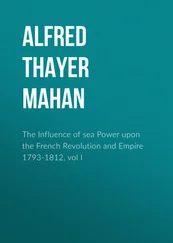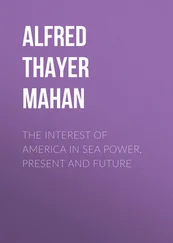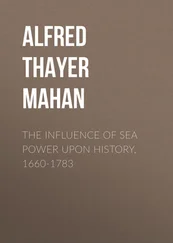Douglas's letters.
Douglas thought that the appearance of the Inflexible was a complete surprise; but Arnold had been informed that a third vessel, larger than the schooners, was being set up. With a man of his character, it is impossible to be sure, from his letters to his superior, how much he knew, or what he withheld.
called North Hero.
Douglas's letter. The Isis and the Blonde were vessels of the British squadron under Douglas, then lying in the St. Lawrence. The officers named were temporarily on the lake service.
Sandwich, First Lord of the Admiralty, to Pellew.
Beatson, "Nav. and Mil. Memoirs," says two hours.
Douglas's letters. The sentence is awkward, but carefully compared with the copy in the author's hands. Douglas says, of the details he gives, that "they have been collected with the most scrupulous circumspection."
Post , p. 205.
At the present day reduced by reclaimed land.
Beatson's "Military and Naval Memoirs," vi. 44, give 34,614 as the strength of Howe's army. Clinton's division is not included in this. vi. 45.
Admiral James's Journal, p. 30. (Navy Records Society.)
This was just below the mouth of the Schuylkill, a short distance below the present League Island navy yard.
Charles H., Comte d'Estaing. Born, 1729. Served in India under Lally Tollendal, 1758. After having been taken prisoner at Madras in 1759, exchanged into the navy. Commanded in North America, 1778-80. Guillotined, 1794. W.L.C.
Grandfather of the poet.
The Secretary of Lloyd's, for the purposes of this work, has been so good as to cause to be specially compiled a summary of the losses and captures during the period 1775-1783. This, so far as it deals with merchantmen and privateers, gives the following results.

22Including those re-taken or ransomed. W.L.C.
A spring is a rope taken usually from the quarter (one side of the stern) of a ship, to the anchor. By hauling upon it the battery is turned in the direction desired.
The leader, the Leviathan , was excepted, evidently because she lay under the Hook, and her guns could not bear down channel. She was not a fighting ship of the squadron, but an armed storeship, although originally a ship of war, and therefore by her thickness of side better fitted for defence than an ordinary merchant vessel. Placing her seems to have been an afterthought, to close the gap in the line, and prevent even the possibility of the enemy's ships turning in there and doubling on the van. Thus Howe avoided the fatal oversight made by Brueys twenty years later, in Aboukir Bay.
It may be recalled that a similar disposition was made by the Confederates at Mobile against Farragut's attack in 1864, and that it was from these small vessels that his flagship Hartford underwent her severest loss. To sailing ships the odds were greater, as injury to spars might involve stoppage. Moreover, Howe's arrangements brought into such fire all his heavier ships.
